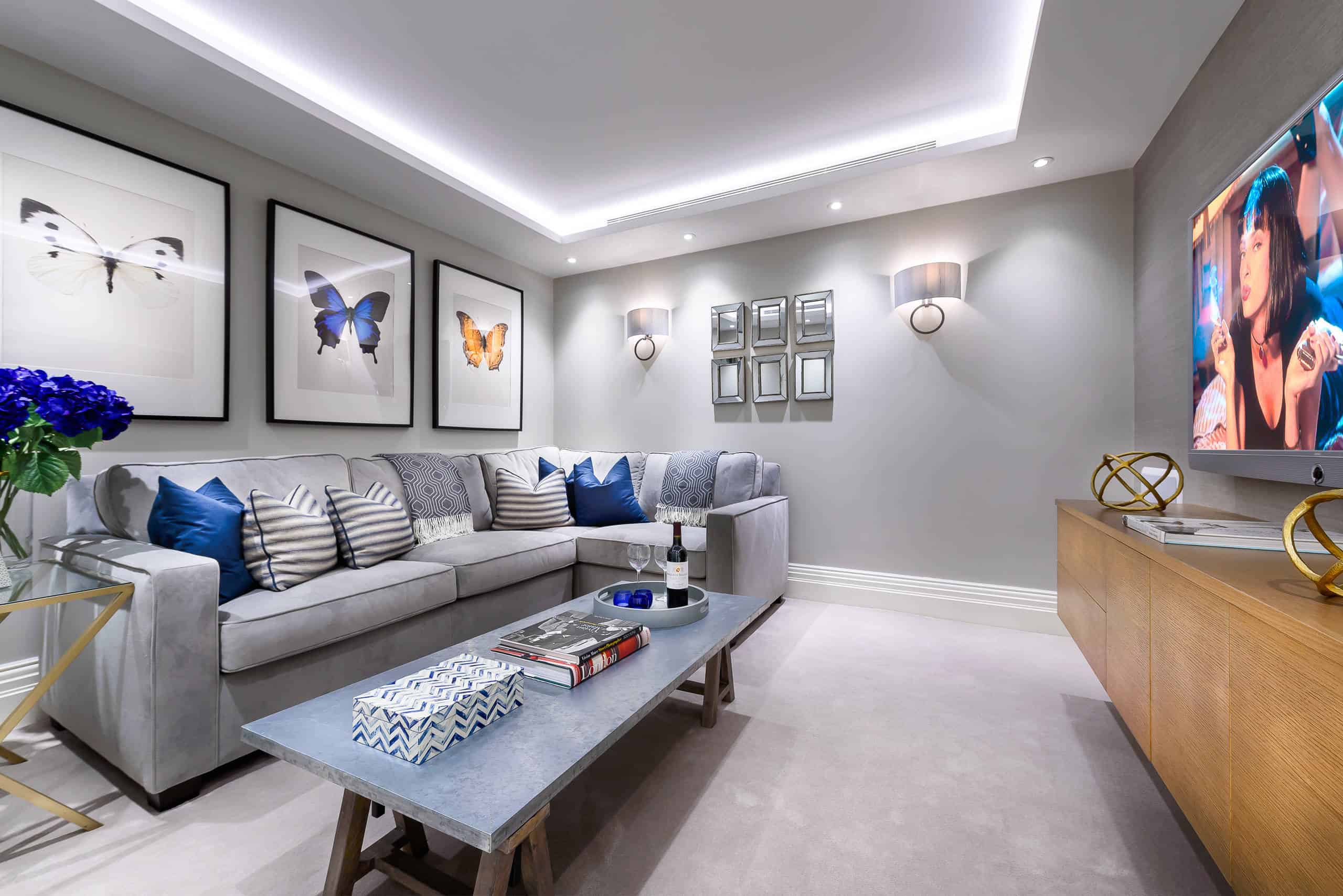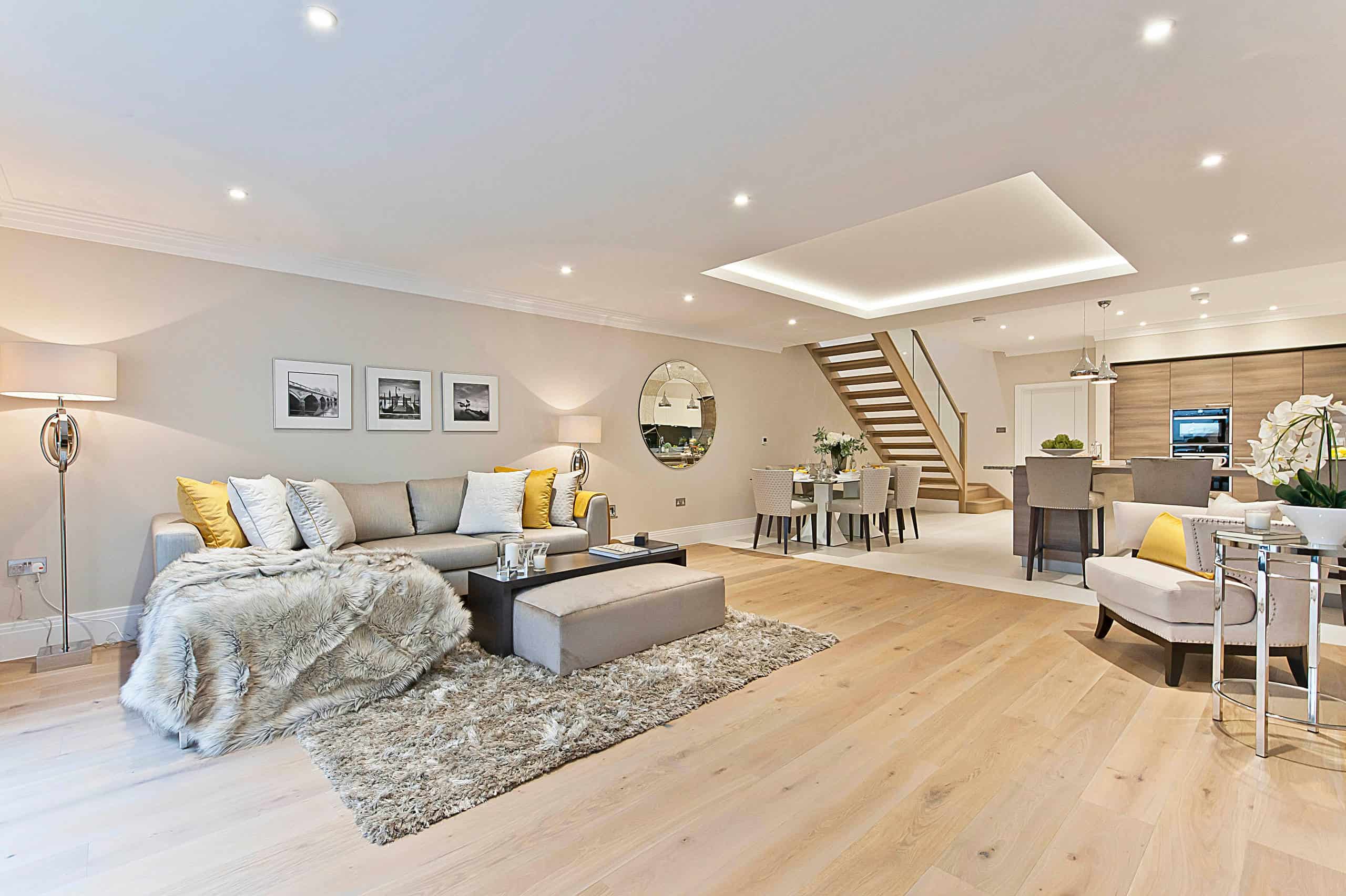Illuminating the Basement Bedroom

Creating a welcoming and functional basement bedroom requires thoughtful lighting design. You need to strike a balance between functionality and aesthetics, considering the unique challenges of a basement space.
Choosing the Right Light Sources
The type of light source you choose will greatly impact the overall ambiance and functionality of your basement bedroom. Let’s explore some popular options and their advantages and disadvantages.
- Recessed Lighting: Recessed lights offer a clean, modern look and provide even illumination. They are typically installed in the ceiling, creating a subtle and unobtrusive light source. However, installing recessed lighting can be more complex and costly than other options, requiring access to the ceiling joists.
- Track Lighting: Track lighting offers versatility and flexibility. You can adjust the direction of the lights to highlight specific areas or create dramatic effects. Track lighting is also great for showcasing artwork or architectural features. However, it can be more expensive than other options and may require professional installation.
- Pendant Lights: Pendant lights add a touch of elegance and style to any space. They are particularly effective for illuminating a specific area, such as a reading nook or bedside table. However, pendant lights can be more challenging to install than other options, and they may not be suitable for low ceilings.
- String Lights: String lights create a cozy and whimsical atmosphere. They are perfect for adding a touch of personality to a basement bedroom. However, string lights may not provide enough light for general illumination and can be a safety hazard if not installed correctly.
Creating Ambiance and Mood with Lighting

The right lighting can transform a basement bedroom from a dark and dreary space into a cozy and inviting retreat. Dimmable lighting is a key element in achieving this transformation, allowing you to adjust the brightness to suit different moods and activities.
Using Dimmable Lighting, Basement bedroom lighting ideas
Dimmable lighting provides a range of brightness levels, from bright and energizing to soft and calming. This flexibility allows you to create different moods and atmospheres in your basement bedroom. For example, you can use bright lighting for tasks like reading or working, and dim lighting for relaxing activities like watching movies or taking a nap.
- Install dimmers on your light fixtures. This allows you to adjust the brightness of your lights with a simple switch.
- Use dimmer bulbs. These bulbs can be dimmed without the need for a dimmer switch.
- Consider using smart bulbs. Smart bulbs can be controlled remotely using a smartphone or voice assistant, allowing you to adjust the brightness and color temperature from anywhere in your home.
Color Temperature and Mood
Color temperature, measured in Kelvin (K), affects the overall mood and ambiance of a space.
- Warm white (2700-3000K) creates a cozy and inviting atmosphere. It is often used in bedrooms and living rooms to promote relaxation and comfort.
- Cool white (4000-4500K) provides a brighter and more energizing light, making it ideal for tasks that require focus, such as reading or working.
- Daylight (5000-6500K) mimics natural daylight, creating a bright and clear space. It is often used in kitchens and bathrooms to enhance visibility and create a clean and crisp feel.
For a basement bedroom, warm white lighting is generally the most suitable choice, as it creates a warm and inviting atmosphere that is conducive to relaxation and sleep. However, you can use a combination of different color temperatures to create a more dynamic and interesting space. For example, you can use warm white lighting in the main area of the bedroom and cool white lighting in a designated workspace.
Highlighting Architectural Features
Lighting can be used to accentuate architectural features and create focal points in a basement bedroom.
- Use recessed lighting to highlight architectural details such as beams or vaulted ceilings.
- Install track lighting to showcase artwork or decorative elements.
- Place lamps strategically to create pools of light and highlight furniture or other objects.
By using lighting to highlight architectural features, you can add depth and interest to your basement bedroom and create a more visually appealing space.
Maximizing Space and Functionality with Lighting: Basement Bedroom Lighting Ideas

A well-lit basement bedroom can feel spacious and inviting, even if the space is limited. Strategic lighting techniques can create the illusion of more space, highlight key areas, and enhance the overall functionality of the room.
Using Lighting to Create the Illusion of More Space
Basement bedrooms often lack natural light, which can make them feel cramped and dark. To counter this, consider using light strategically to create the illusion of more space.
- Maximize Natural Light: If you have any windows, ensure they are unobstructed and allow maximum natural light to enter. Consider using sheer curtains or blinds that allow light to filter through.
- Use Mirrors to Reflect Light: Place mirrors strategically to reflect existing light sources, such as windows or overhead fixtures, making the room appear brighter and larger. A large mirror opposite a window can significantly enhance the sense of space.
- Choose Light Colors: Light colors on walls and furniture reflect more light, making the space feel brighter and larger. Avoid using dark colors that can absorb light and make the room feel smaller.
- Focus on Overhead Lighting: Overhead lighting, such as a central ceiling fixture or recessed lights, can create a sense of openness and height. Choose fixtures that distribute light evenly throughout the room.
Selecting the Right Lighting Fixtures for Different Basement Bedroom Layouts and Sizes
The type of lighting fixtures you choose will depend on the size and layout of your basement bedroom. Consider these factors:
- Ceiling Height: If your basement bedroom has low ceilings, avoid large, bulky fixtures that can make the space feel even more cramped. Opt for smaller, more compact fixtures or recessed lighting.
- Room Size: For smaller bedrooms, use multiple smaller light sources instead of one large fixture. This will create a more balanced and inviting atmosphere. For larger bedrooms, you can use larger fixtures or a combination of different types of lighting.
- Layout: Consider the layout of your bedroom when selecting fixtures. For example, if you have a reading nook, you will need task lighting to illuminate the area. If you have a dressing area, you will need adequate lighting for applying makeup and getting dressed.
Creating a Functional and Organized Space with Lighting
Lighting plays a crucial role in creating a functional and organized basement bedroom.
| Lighting Technique | Description | Benefits |
|---|---|---|
| Task Lighting | Focused light directed at specific areas, such as a desk, reading nook, or dressing area. | Enhances visibility for tasks, reduces eye strain, and creates a more functional workspace. |
| Accent Lighting | Highlighting specific features, such as artwork, plants, or architectural details. | Adds visual interest, creates a focal point, and enhances the overall ambiance of the room. |
| Ambient Lighting | General lighting that illuminates the entire space. | Provides overall illumination, sets the mood, and creates a welcoming atmosphere. |
Tip: Use dimmers to adjust the brightness of your lights and create different moods for different activities.
